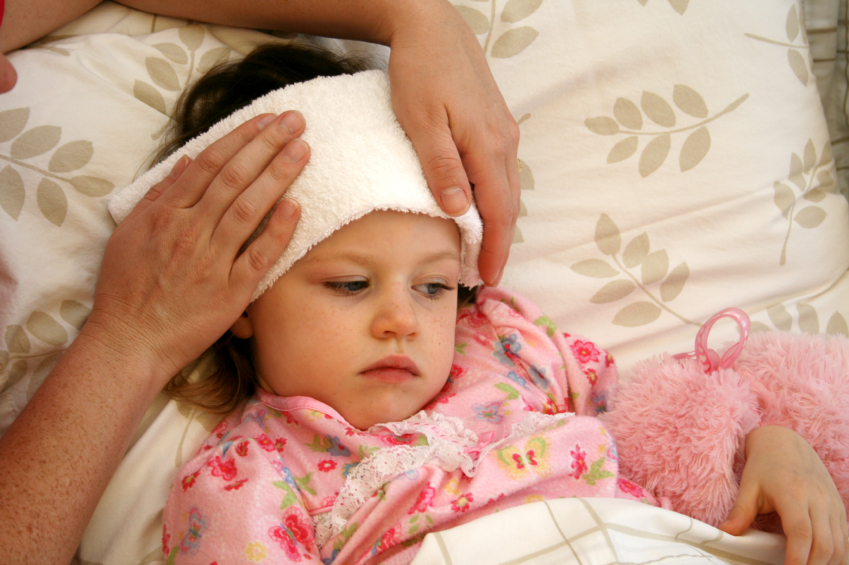A traumatic childhood can lead to a whole lot of pain later in life, as troubling new research finds people who dealt with traumatic events as kids may be more likely to experience painful headaches as an adult.

To be clear, the research team from Harvard University stress their work does not prove that childhood trauma causes headaches as an adult, but it does show an association.
“Traumatic events in childhood can have serious health implications later in life,” says study author Catherine Kreatsoulas, PhD, from the Harvard T.H. Chan School of Public Health, in a media release. “Our meta-analysis confirms that childhood traumatic events are important risk factors for headache disorders in adulthood, including migraine, tension headaches, cluster headaches, and chronic or severe headaches. This is a risk factor that we cannot ignore.”
In total, this analysis included 28 prior studies featuring 154,739 participants in 19 countries. Among all of these people, 48,625 (31%) reported at least one traumatic childhood event, and 24,956 people (16%) were diagnosed with primary headaches. Among participants who reported at least one traumatic childhood event, 26 percent were diagnosed with a primary headache disorder. Only 12 percent of those with no childhood traumas were diagnosed with the same disorder.

Study authors uncovered that people who had dealt with one or more traumatic childhood event were 48 percent more likely to have a headache disorder than those who hadn’t experienced such events.
Additionally, researchers found that as the number of traumatic childhood events increased, the odds of having headaches also increased. When compared to those who hadn’t dealt with childhood trauma, patients who did were 24 percent more likely to have a headache disorder. Conversely, those who experienced four or more types of traumatic events were more than twice as likely to have a headache disorder.
The study also assessed the association between types of traumatic childhood events. Events categorized as threat traumas included:
- Physical abuse
- Sexual abuse
- Emotional abuse
- Witnessing threats of violence
- Serious family conflicts
Events categorized as deprivation traumas included:
- Neglect
- Economic adversities
- Having an incarcerated household member
- Divorce or separation
- Parental death
- Living in a household with mental illness
- Chronic disability or disease
- Alcohol or substance abuse
Threat traumas displayed a connection to a 46-percent uptick in headaches. Meanwhile, deprivation traumas were associated with a 35-percent increase in headaches. Notably, experiencing either physical or sexual abuse was linked to a 60-percent higher chance of headaches, and dealing with childhood neglect was associated with a near three-fold increased risk of headache disorders.
“This meta-analysis highlights that childhood traumatic events categorized as threat or deprivation traumas are important and independent risk factors for headache disorders in adulthood,” Dr. Kreatsoulas explains. “Identifying the specific types of childhood experiences may help guide prevention and treatment strategies for one of the leading disabling disorders worldwide. A comprehensive public health plan and clinical intervention strategies are needed to address these underlying traumatic childhood events.”
“It is important to note that the true estimate of the association is likely higher due to the sensitive nature of reporting childhood traumatic events.”










 “Further studies are needed to elucidate whether vitamin supplementation is effective in migraine patients in general, and whether patients with mild deficiency are more likely to benefit from supplementation,” said the study’s lead author Dr. Suzanne Hagler, a research fellow at the Cincinnati Children’s Hospital Medical Center, in a
“Further studies are needed to elucidate whether vitamin supplementation is effective in migraine patients in general, and whether patients with mild deficiency are more likely to benefit from supplementation,” said the study’s lead author Dr. Suzanne Hagler, a research fellow at the Cincinnati Children’s Hospital Medical Center, in a